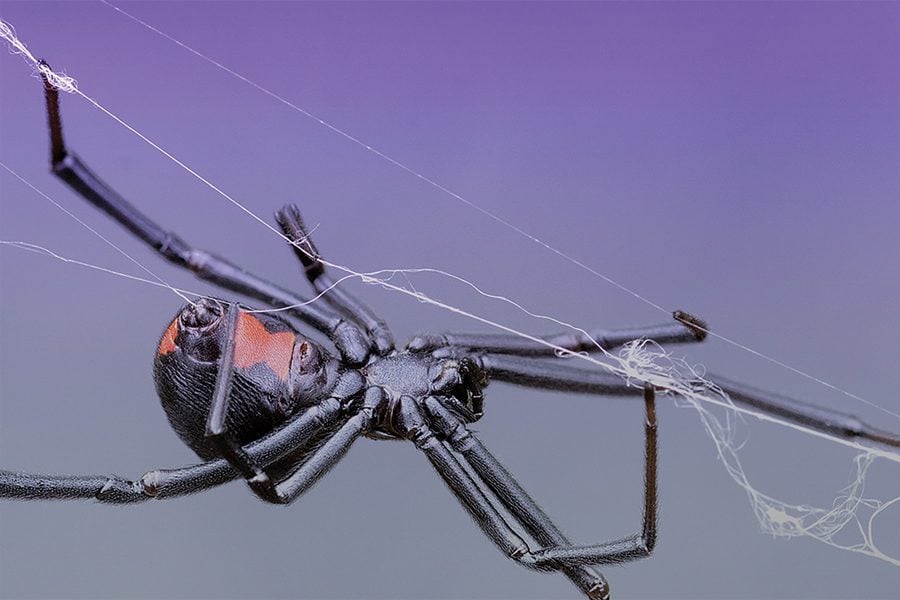NU researchers discover how black widow spiders’ webs can be used to produce equally strong materials
Researchers recently discovered the process of how spiders transform proteins into steel-strength fibers, which may help scientists make equally strong synthetic materials in the future.
October 30, 2018
A Northwestern researcher’s findings will help unravel the process of how spiders transform proteins into steel-strength fibers, which may help scientists make equally strong synthetic materials in the future.
Chemistry Prof. Nathan C. Gianneschi collaborated with other researchers to study black widow spiders capable of creating a wide variety of silks with extraordinary strength and durability.
Spider silk is a fiber-like bio material mainly composed of large proteins. Scientists have previously identified the underlying properties of spider silk and understood the assembly processes of silk proteins. However, when imitating the natural process, they were previously unsuccessful in creating materials that possessed the same amount of tensile strength and elasticity.
The study is the product of a collaboration between researchers across the country. When Gianneschi met his co-researcher, San Diego State University Prof. Greg Holland, a few years ago, they were inspired by this challenge in the natural world of how spiders can naturally produce such exceptional materials. However, they were unable to fully understand the process in the spider’s silk glands or spinning duct at a microscopic level.
“I think that really got us excited about looking at what could potentially be the key pathway for going from a protein to a fiber,” Gianneschi said.
During the research, they used nuclear magnetic resonance spectroscopy, a similar technology used in MRI, at SDSU and electron microscopy at NU to gain a closer insight into the protein gland which produces silk fibers.
Holland said in a University news release the research produced a new theory that these spider silks are “spun from hierarchical nano-assemblies of proteins stored in the spider’s abdomen, rather than from a random solution of individual proteins or from simple spherical particles.”
The paper, “Hierarchical Spidroin Micellar Nanoparticles as the Fundamental Precursors of Spider Silks,” was published on Oct. 22 in the Proceedings of the National Academy of Sciences. It was funded in part by the U.S Department of Defense through the Air Force Office of Scientific Research and the Army Research Office.
Lucas Parent, a postdoctoral student at NU who is now a research scientist at University of Connecticut, and David Onofrei of SDSU are the leading authors. Gianneschi and Holland are co-corresponding authors.
Gianneschi said SDSU and Northwestern had labs that were “uniquely positioned” to combine their specific areas of study to comprehensively answer a singular question. He said that such collaborations are at the heart of research at Northwestern because it “brings together people with different interests and a diversity of opinions.”
If this process can be imitated within a lab, it could lead to a large-scale synthesis of silk, Parent said, which can be used to create sturdy materials with wide-spread applications such as construction materials or environmentally-friendly alternatives for plastics, textiles and body armors.
Gianneschi added that their research will be further expanded to looking at other spiders and other silks.
“This study is the very first of its kind in terms of looking at the nano-structures of what spiders are really creating,” Gianneschi said. “In the future if we can replicate what the spiders are doing for purely synthetic materials, that would be really interesting.”
Email: [email protected]
Twitter: @narmeenhasan99


